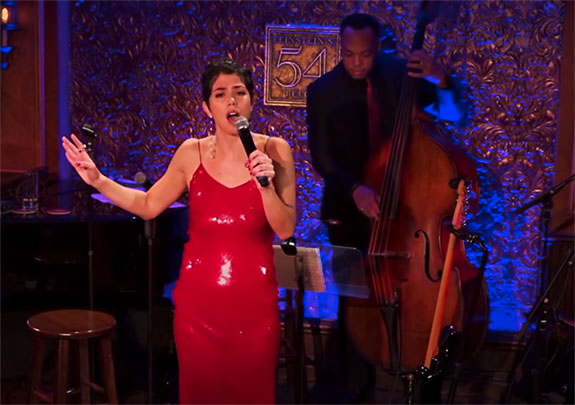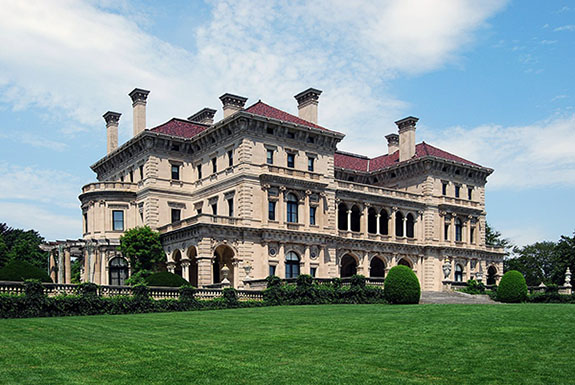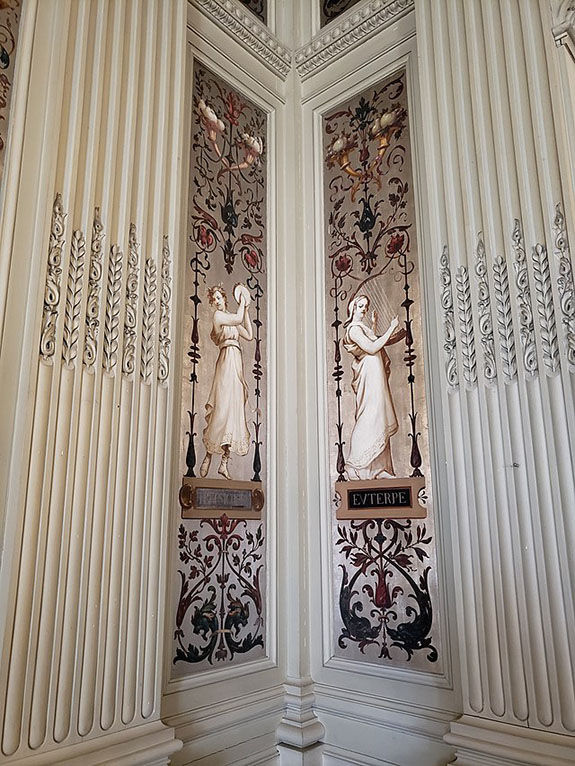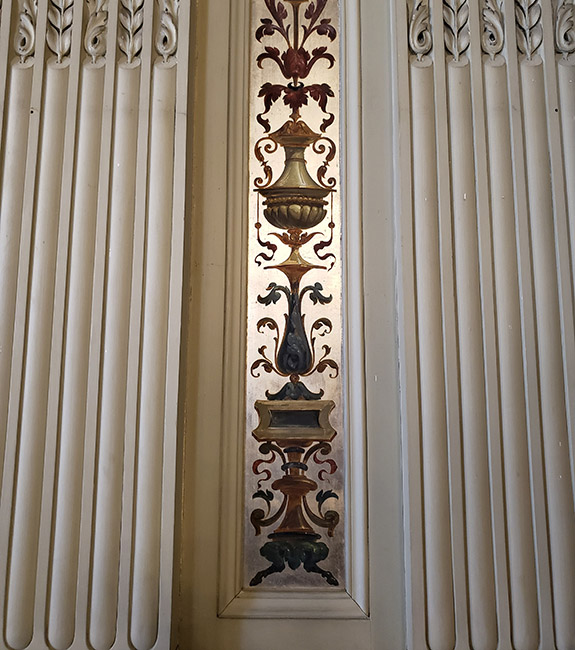Welcome to Music Friday when we bring you fun, new songs with jewelry, gemstones or precious metals in the title or lyrics. Today, Disney heroine Luisa Madrigal — voiced by Jessica Darrow — is so tough she can flatten not only the world's hardest substance, but also its most durable precious metal in "Surface Pressure," a big hit from the studio's animated musical film, Encanto.
Luisa sings, "I don’t ask how hard the work is / Got a rough, indestructible surface / Diamonds and platinum. I find them, I flatten them / I take what I’m handed, I break what’s demanded."
Encanto, which features a soundtrack penned by Pulitzer Prize-winning lyricist Lin-Manuel Miranda, tells the story of the magical Madrigal family, who live hidden in the mountains of Colombia.
Luisa and all but one Madrigal child — the film's protagonist, Mirabel — are bestowed with special powers. In the case of Luisa, her super-human strength is both a blessing and a curse. She's had to shoulder such heavy burdens for so long that she's now suffering an emotional meltdown.
In the song, the overtly confident character lets down her guard and admits that she's really not sure how long she will be able to hold it together.
She sings, "Pressure like a drip, drip, drip / That’ll never stop, whoa-oh! / Pressure that’ll tip, tip, tip / ’Til you just go pop, whoa-oh! Oh!"
Miranda, who is best known for creating the Broadway musical Hamilton (2015), said in an interview with Variety magazine that he wrote "Surface Pressure" as a tribute to his older sister, Luz Miranda-Crespo.
"That song is my love letter and apology to my sister. I watched my sister deal with the pressure of being the oldest and carrying burdens I never had to carry," he said. "I put all of that angst and all of those moments into Luisa."
In Encanto, the superpowers of the special Madrigal children become depleted and it's up to Mirabel, the only "ordinary" child, to save the day.
"Surface Pressure" was released November of 2021 as the third track of the Encanto soundtrack. The song charted in nine countries, including a #8 spot on the US Billboard Hot 100 and #12 on the Canadian Hot 100. "Surface Pressure" was the second song from the soundtrack to hit the Top 10 on the US chart. The other was "We Don't Talk About Bruno."
The 27-year-old Darrow got her big break when she was cast as Sarah in the 2018 film, Feast of the Seven Fishes. Darrow fans can see her performing a jazzy version of "Surface Pressure" on her YouTube channel.
Please check out the animated video of Luisa, voiced by Darrow, singing "Surface Pressure." The lyrics are below if you'd like to sing along…
"Surface Pressure"
Written by Lin-Manuel Miranda. Performed by Jessica Darrow.
I’m the strong one. I’m not nervous
I’m as tough as the crust of the Earth is
I move mountains. I move churches
And I glow, ‘cause I know what my worth is
I don’t ask how hard the work is
Got a rough, indestructible surface
Diamonds and platinum. I find them, I flatten them
I take what I’m handed, I break what’s demanded. But…
Under the surface
I feel berserk as a tightrope walker
In a three-ring circus
Under the surface
Was Hercules ever like
“Yo, I don’t wanna fight Cerberus”?
Under the surface
I’m pretty sure I’m worthless
If I can’t be of service
A flaw or a crack, the straw in the stack
That breaks the camel’s back
What breaks the camel’s back? It’s…
Pressure like a drip, drip, drip
That’ll never stop, whoa-oh!
Pressure that’ll tip, tip, tip
’Til you just go pop, whoa-oh! Oh!
Give it to your sister
Your sister’s older
Give her all the heavy things we can’t shoulder
Who am I if I can’t run with the ball?
If I fall to
Pressure like a grip, grip, grip
And it won’t let go, whoa-oh
Pressure like a tick, tick, tick
’Til it’s ready to blow, whoa-oh oh! oh
Give it to your sister
Your sister’s stronger
See if she can hang on a little longer
Who am I if I can’t carry it all?
If I falter
Under the surface
I hide my nerves and it worsens
I worry something is gonna hurt us
Under the surface
The ship doesn’t swerve
Has it heard how big the iceberg is?
Under the surface
I think about my purpose
Can I somehow preserve this?
Line up the dominoes, a light wind blows
You try to stop it toppling
But on and on it goes
But, wait.
If I could shake the crushing weight of expectations
Would that free some room up for joy
Or relaxation or simple pleasure?
Instead, we measure this growing pressure
Keeps growing, keep going
‘Cause all we know is…
Pressure like a drip, drip, drip
That’ll never stop, whoa
Pressure that’ll tip, tip, tip
’til you just go pop, whoa-oh oh oh
Give it to your sister. It doesn’t hurt and
See if she can handle every family burden
Watch as she buckles and bends but never breaks
No mistakes, just…
Pressure like a grip, grip, grip
And it won’t let go, whoa-oh
Pressure like a tick, tick, tick
’Til it’s ready to blow, whoa-oh oh oh
Give it to your sister and never wonder
If the same pressure would’ve pulled you under
Who am I if I don’t have what it takes?
No cracks. No breaks
No mistakes
No pressure
Credit: Screen capture via Youtube.com / Jessica Darrow Official.




